DV2030 - Risk communication by Brzo companies and safety regions. An inventory and analysis of practices in the Netherlands.
[ Source: DV2030, Crisislab ]
Summary
Commissioned by Programme DV2030, Crisislab conducted research into the way in which Dutch Brzo companies and safety regions communicate with local residents about the specific risks of Brzo companies and whether, based on scientific insights, this is done effectively (i.e. whether the intended objective is achieved).
By risk communication, we mean 'the exchange of information about the nature, scope and management options of a risk between all involved actors in society such as public administration, science, the business community and citizens'. The first step in our research was to gather insights from the scientific literature on effective risk communication. Based on these scientific insights, we drew up an analysis framework that we applied to the risk communication practices of Brzo companies and safety regions. We obtained an overview of these risk communication practices by conducting an online questionnaire (based on our analysis framework), requesting concrete risk communication products and holding five in-depth sessions with representatives of Brzo companies.
Findings:
- There is little scientific knowledge with substantiated predictive power (empirics) about risk communication that indicates the best way to achieve which goal.
- The yield of our inventory of risk communication practices fell short of our hopes, both quantitatively and qualitatively.
- At present, there is hardly any risk communication in the Netherlands about the risks of Brzo companies. Brzo companies do not have this legal duty, and the regional sessions with representatives of Brzo companies showed that the companies present do not feel the need to do so. Brzo companies currently see risk communication mainly as relationship and reputation management. Safety regions have the legal task of communicating about the risks of Brzo companies, but at the moment mainly limit themselves to the distribution of information about generic risks.
Conclusions:
- Empirical scientific research into what exactly are effective forms of risk communication is necessary. The analysis framework can then be expanded and used by companies and safety regions in the development or optimisation of risk communication.
- Consensus is first required on what the precise objectives of risk communication by Brzo companies are. If the objectives are (or remain) limited to relationship and reputation management, efforts to encourage companies to engage in real risk communication will predictably be unsuccessful.
- The Dutch government (central government and safety regions) must consider how to fulfil their legal task in the field of risk communication about Brzo companies. This legal duty, which results from the Dutch choice for implementation of the Seveso directives, is currently not fulfilled or is fulfilled only marginally.
Recommendation: First reach a social consensus on which parties should communicate on the risks of Brzo companies. Part of the discussion will obviously have to include the need for companies (and government) to communicate transparently on risks to local residents, one of the pillars of the DV2030 programme. The actual needs of citizens should also be included in this. There is insufficient in-depth insight into this need at this time.


